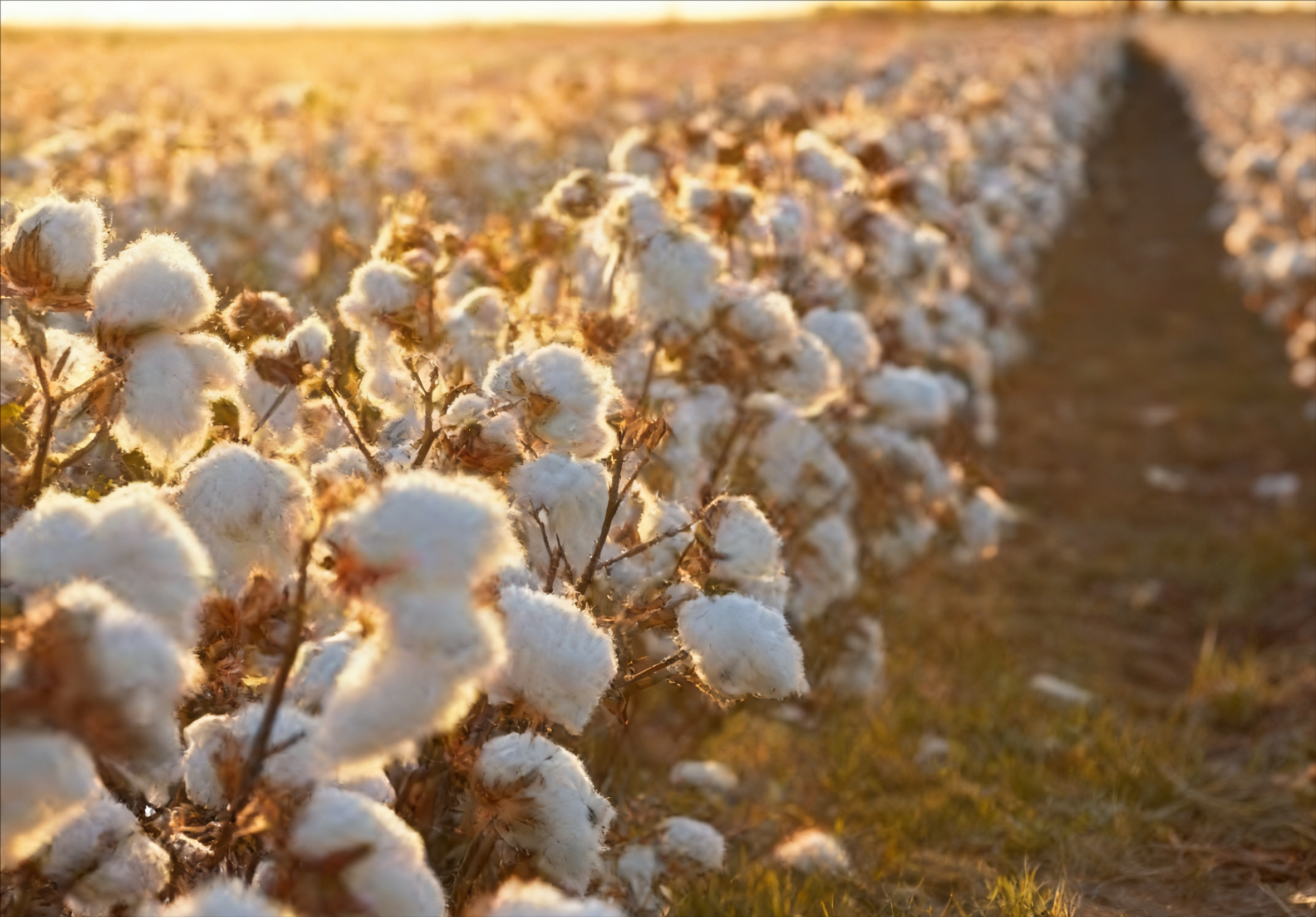SunSirs: Yield Variations in Some Cotton-Growing Areas of Xinjiang Have Increased Compared to Previous Years
November 18 2025 14:21:33
According to China Cotton Network, feedback from cotton growers and processing enterprises in Xinjiang indicates that as of November 15, seed cotton harvesting has concluded across all cotton-growing regions in Northern Xinjiang. Seed cotton delivery is nearing completion, with some ginning mills achieving sales progress of 40-50% (including basis and fixed-price presales).
In southern Xinjiang, the harvest in Bayingolin, Aksu, and Kashgar has also entered its final stages, with sales progress generally exceeding 75%. Ginning mills are accelerating processing, warehousing, and public inspections due to concerns that cooling temperatures and snowfall may impact workshop operations, ginning quality, and lint moisture regain.
According to data from the China Cotton Quality Notary Inspection Network, as of November 16, 2025, nationwide public inspections of 2025/26 lint cotton totaled 3.0893 million tons (including 3.0622 million tons of supervised notary-inspected lint in Xinjiang), still showing an increase of approximately 500,000 tons compared to the same period last year.
With the completion of seed cotton harvesting and sales, cotton growers in Xinjiang are now focusing on three key areas: First, some large-scale growers and cooperatives have begun pre-ordering 2026 supplies such as fertilizers, plastic mulch, pesticides, and cotton seeds from agricultural supply companies (requiring 10-20% advance payments on contracts in some cases). Second, farmers intending to lease or sell farmland in 2026 are actively posting notices through various channels, with slightly higher volumes observed in Hotan, Kashgar, and Kizilsu Kirghiz Autonomous Prefecture. Industry assessments suggest northern Xinjiang's cotton field lease fees may rise in 2026, while southern Xinjiang's fees are expected to decline. Third, most cotton fields have commenced plowing and leveling operations in preparation for spring planting in 2026.
Surveys indicate that for the 2025/26 season, yield disparities across cotton-growing regions like Kashgar, Aksu, and Bayingolin Mongol Autonomous Prefecture, cotton yields per unit area in some cotton-growing regions showed significantly greater variation compared to previous years. Some plots yielded 500-600 kilograms per mu, remaining stable or slightly increasing year-on-year, while others yielded only 350-400 kilograms per mu, a decrease of 30-100 kilograms per mu compared to the previous year (excluding intercropping and wheat-to-cotton replanting). Farmers and agricultural authorities attribute these variations primarily to weather fluctuations, cotton seed quality, soil and irrigation conditions, and field management practices.
Regarding potential adjustments to cotton planting areas in 2026, farmers currently maintain a wait-and-see approach.
As an integrated internet platform providing benchmark prices, on November 18, the benchmark price of cotton lint from SunSirs was 14,799.17 RMB/ton, a decrease of 0.4% compared with the beginning of the month (14,858.50 RMB /ton).
Application of SunSirs Benchmark Pricing:
Traders can price spot and contract transactions based on the pricing principle of agreed markup and pricing formula (Transaction price=SunSirs price + Markup).
If you have any inquiries or purchasing needs, please feel free to contact SunSirs with support@sunsirs.com
- 2025-11-13 SunSirs: Cotton Prices Were Consolidating Recently due to a Battle Between Bulls and Bears
- 2025-11-06 SunSirs: With the Macroeconomic Environment Improving, Cotton Prices Rose Slightly
- 2025-10-31 SunSirs: New Cotton Was Concentrated on the Market, and Cotton Prices Fluctuated Weakly in October
- 2025-10-31 SunSirs: Cotton Imports Continue Strong Month-on-Month Rebound in September
- 2025-10-23 SunSirs: China Cotton Product Export Data for September 2025



